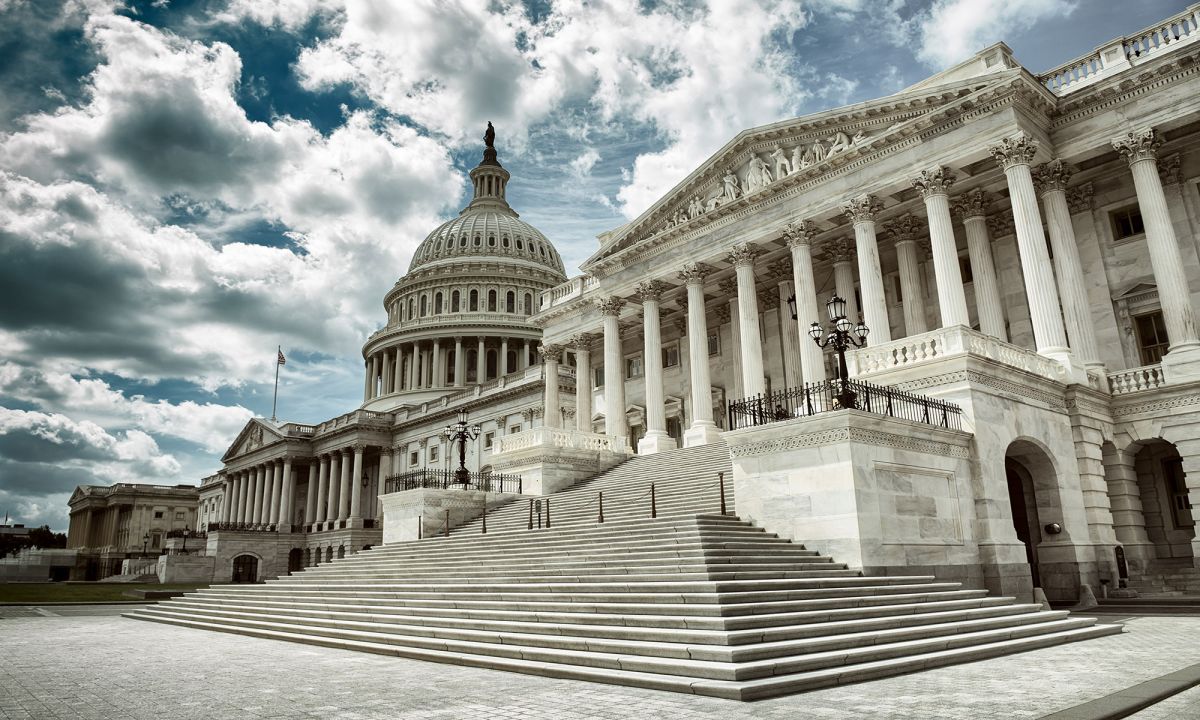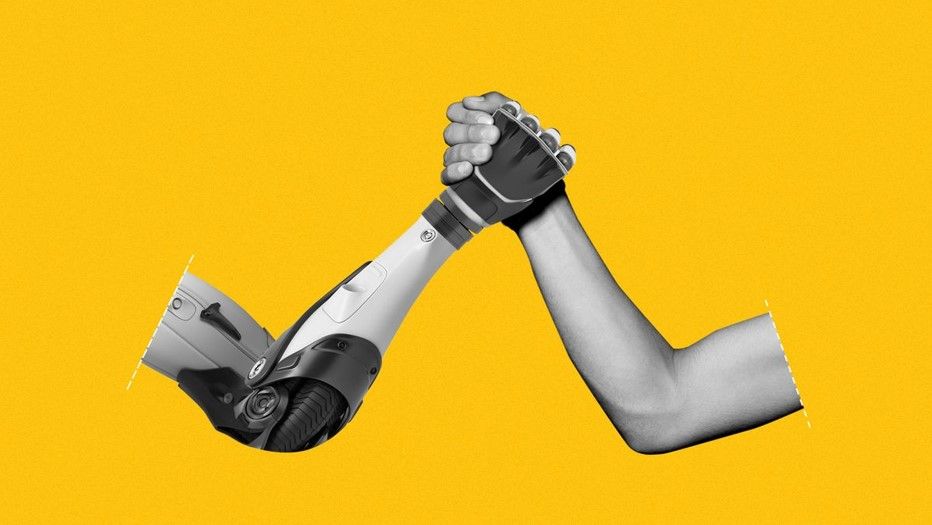eNews, Government
A Government Shutdown Is Approaching, and It Could Be Devastating

With Congress racing towards a government shutdown on Oct.1—an outcome that is looking more and more likely—let’s look at the three most recent shutdowns and what you can expect this time around.
What Is a Government Shutdown?
A government shutdown typically refers to a lapse in federal funding for discretionary programs. When Congress passes a law, it can either opt to provide dedicated, open-ended funding for a program (ie: Social Security and Medicare), or it sets an upper limit on how much money the program can receive and Congress must then pass a funding bill to actually fund to the program each year (ie: national parks, non-essential defense programs, and the census). The former is considered mandatory and is largely not affected by a shutdown, whereas the latter is considered discretionary and both operations and employees are furloughed during a shutdown.
2013 Shutdown
The first government shutdown since 1996, this shutdown focused on Republican attempts to repeal the Affordable Care Act, or Obamacare, as well as lock in lower government spending. Due to the length of time since the last shutdown, federal agencies were largely caught unprepared to manage the shutdown, which exacerbated the negative impacts.
The shutdown lasted for 16 days before Congress and President Obama reached a deal. Two main factors led to the end of the shutdown: growing public fatigue and opposition, as well as the U.S. coming within hours of reaching the debt ceiling, an outcome that Congress was unwilling to risk.
The main economic impacts of the 2013 shutdown were focused around the loss of tourism associated with national park closures, delays in processing SBA loans leading to lost deals and a significant hit to consumer confidence.
2018 Shutdown
This shutdown focused around immigration issues, as the Deferred Action for Childhood Arrivals (DACA) program was set to expire and Democrats refused to pass a funding bill that failed to extend.
The shutdown lasted only four days, as a deal was reached to restart negotiations between Democrats and Republicans on immigration issues. In this case, the political will to shut the government down was relatively low, which is why Congress was able to swiftly negotiate a deal. Due to the short duration, the economic impacts of the shutdown were minimal.
2018-19 Shutdown
The 2018-19 shutdown was the longest government shutdown in U.S. history, lasting 35 days. For many, this was considered a surprise shutdown, with Congress having largely reached a funding deal in early December only to have President Trump threaten to veto the deal, demanding funding for his proposed wall along the Mexican border. Democrats dug in, opposing funding for the wall, leading to a shutdown on Dec. 22.
Due to the length of the shutdown, the impacts began to stack up. During a shutdown, essential employees are required to continue working, which includes air traffic controllers, TSA agents and medical providers. However, none of them receive any pay until Congress reaches a deal and reopens the government. As the shutdown continued into the third pay period for many government workers, some stopped showing up to work, leading to airport closures and significant interruptions of everyday business. The mounting pressure eventually brought Congress and President Trump back to the table, reopening the government on Jan. 25.
What to Expect This Time
The potential shutdown on Oct. 1 is fueled by hardline conservatives in the House who are demanding severe government spending cuts. Meanwhile, many moderate Republicans quietly oppose the cuts and would support level funding. This already makes the situation quite unique compared to past shutdowns, where the parties have been unified and dug its heels into a specific position. Even more noteworthy is the position Speaker McCarthy is in, where the same hardline conservatives can potentially challenge his Speakership if he ignores their demands. Additionally, the shutdown this year might also include some mandatory programs like food stamps and the Federal Aviation Administration (FAA), as the deadline to renew these programs happens to coincide with the potential shutdown.
Together, these factors make this shutdown both highly unpredictable in length, as well as potentially more devastating to the economy. Many consumers will likely reduce their spending over the duration, and a loss of welfare benefits may further contract the economy. Additionally, unless Congress independently extends the FAA, air travel may be significantly affected. Lastly, as with other shutdowns, customer support functions of the government for troubleshooting issues with Social Security, the IRS and SBA loans will largely pause for the duration.
Congress still has a little more than two weeks to reach a deal, but right now, they don’t even know what they are negotiating over, so we recommend preparing for the worst.





